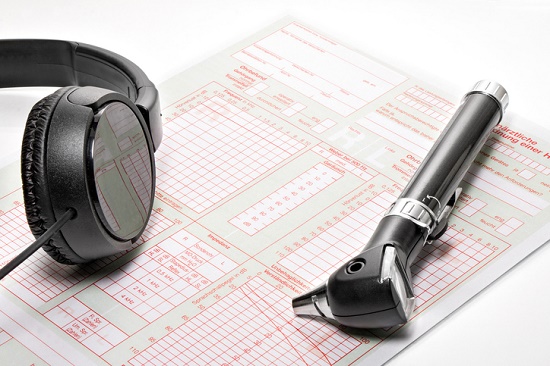The Future of Hearing Aid Technology
Hearing aids have evolved over the years, moving from bulky devices behind


Hearing aids have evolved over the years, moving from bulky devices behind

When hearing becomes more difficult, it can sometimes change the way

Hearing aid technology has evolved significantly in recent years, moving